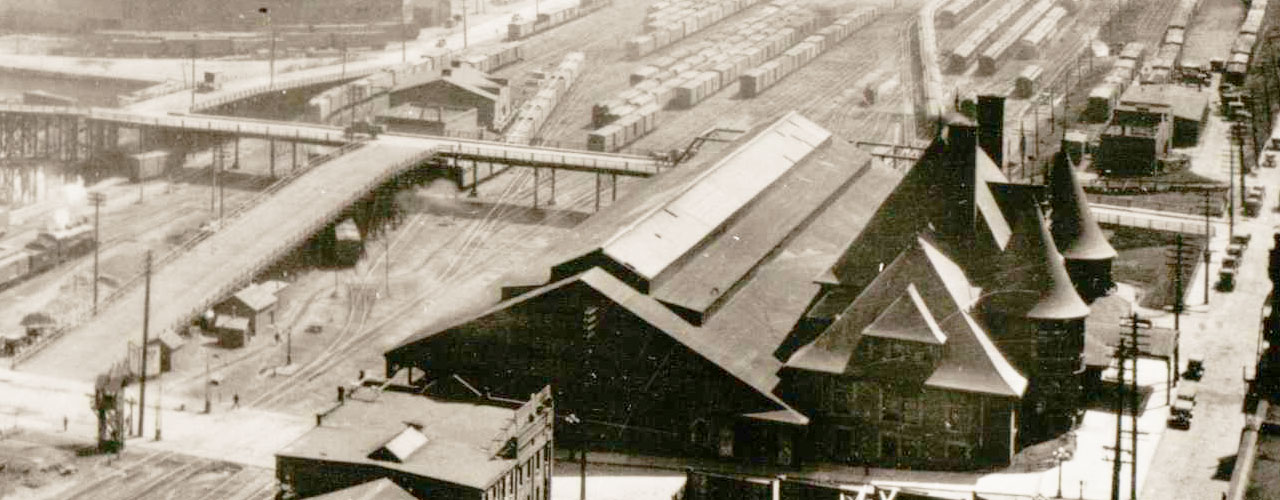History
Duluth’s Union Depot first opened its door on March 1, 1892. Designed by the Boston firm Peabody and Stearns, the rail station is one of few examples of French Norman style architecture in the United States. In Duluth’s heyday, the Union Depot served seven railroads with 50 trains arriving and departing each day. The Union Station housed the railroad offices, a newsstand, barber shop, parcel room and lunch room. The building was a bustling hub that connected Duluth to the rest of the country. The years of the First World War would be one of the Union Depot’s busiest periods as troops and resources were funneled through the building as they made their way to the fight in Europe. As servicemen were leaving the city, many immigrants continued to flow into the region by way of the Depot.

After the First World War, the number of passengers through the building began to slowly drop. However when America entered the Second World War in 1941, train service in the region would once again spike. Railroads were an important part of the American war effort. Not only because they were used to transport servicemen and women, but also because of the rich iron deposits in Northern Minnesota. The entire county relied on the efficient transportation of those resources so they could be used to build airplanes, ships, and other war goods.
With the close of the Second World War, those who had served returned home to St. Louis County and rail service began to steeply decline. By the 1950s, Americans had begun to prefer automobiles, and the Depot began to offer fewer and fewer trains each day. The Union Depot’s passenger service would ultimately end in 1969.
The building sat empty, and was on the fast track to be demolished. Instead, as a result of great community involvement, the building gained status as a National Historic Site in 1970, and work began to repurpose the building. The building reopened its doors once more in 1973 with a new life as The St. Louis County Heritage and Arts Center. Today the building continues to host seven cultural organizations and helps to provide heritage and arts programming to the region.